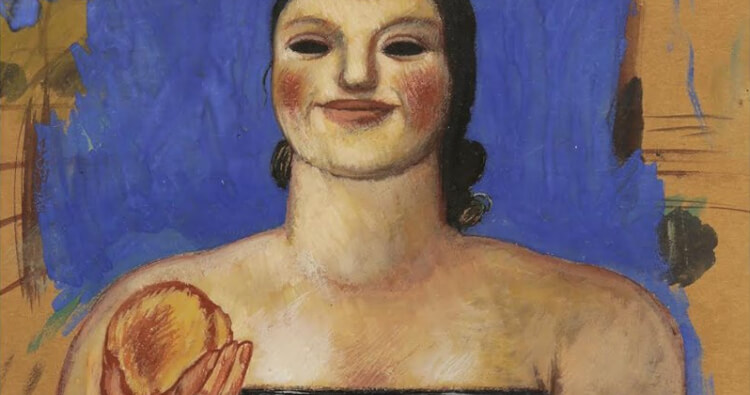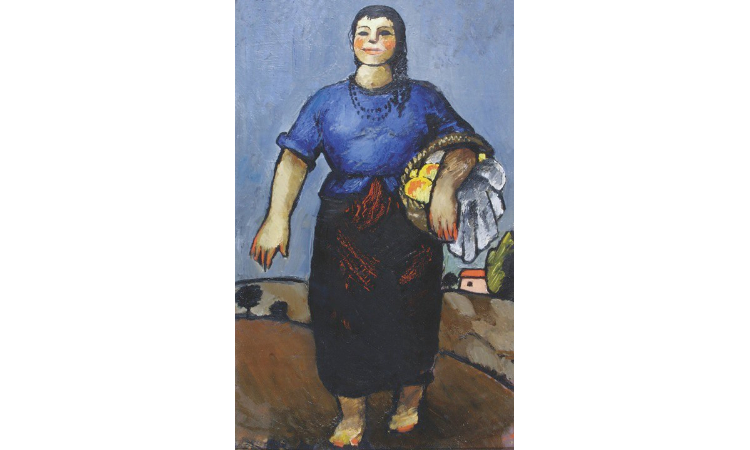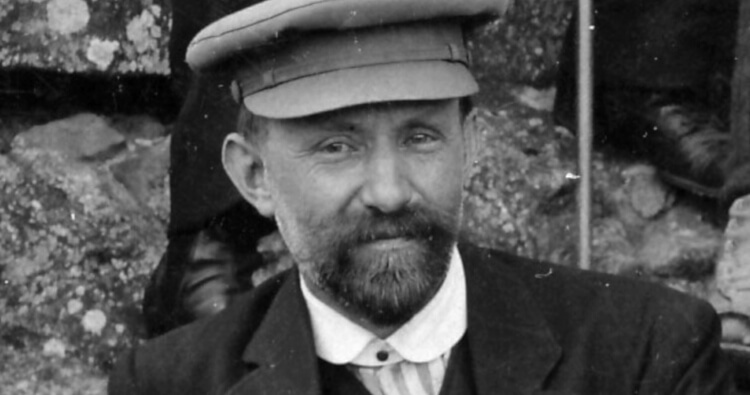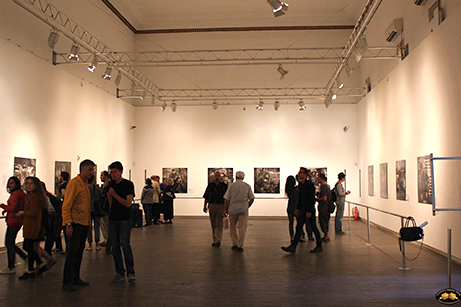Tbilisi exhibition celebrates modernist artist Ioseb Gabashvili

The National Gallery will exhibit works tracing Gabashvili's place in the Georgian modernist art during the Soviet era. Image via exhibition organisers.
A look at the legacy of artist Ioseb Gabashvili, a figure of the Georgian modernist scene of the first half of the 20th century, will be offered to visitors of Tbilisi's National Gallery via nearly 200 of his works starting next week.
The exhibition will continue a recent mushrooming of local displays offering a renewed look at the first few decades of the past century, which saw emergence of many of Georgia's pioneering artists and founders of professional scenes like theatre design and sculpture.
An exploration of Gabashvili's place in the country's modernist scene - and an "expansion of the scale" of Georgian modernism in visual arts - are some of organisers' goals with the display. The latter aim will serve to introduce legacies of artists beyond more than a few prominent names that are currently perceived as part of the scene.
Co-hosted by the Georgian National Museum - with the National Gallery being one of the network's venues - and the Propaganda.network platform, From the History of Modernism: Ioseb Gabashvili will not only involve the exhibition but also an unveiling of a book dedicated to the artist's body of work. Combining Gabashvili's works from museums and private collections - many of them published for the first time - the book will also present a research of his life and artistic practice.

The artist's work in painting, drawing and other media will go on display along with an unveiling of a book exploring his legacy.
Born in 1908, Gabashvili's creative flourishing came about in the 1920s, in the freshly occupied and Sovietised Georgia. The era followed artistic movements that came to be known as the "Tbilisi Avant-Garde" and brought bold pioneers of forward-looking creatives to the fore.
Tbilisi avant-garde movement from the 1910s was practically over and destroyed [by this time], situation regarding art was still uncertain as, on the one hand, it was already under control of the authorities and, on the other hand, became subject to short-lived, temporary freedom," said a preview from organisers.
In this context, a "period of silence" descended on artists like Gabashvili, eventually transformed into censorship and, in the latter years of the 1930s, political persecution of free-thinking art practitioners.
The works presented at the display, curated by Nana Kipiani with Lia Bagrationi, will encompass the decades between 1920-1950 and involve works in painting, drawing, book illustrations as well as designs for cinema and theatre. The exhibition was authored by Levan Tchogoshvili.
The opening of the display on March 6 will have open admission, with the National Gallery - located at 11, Shota Rustaveli Avenue - set to welcome viewers through April 2.
 Tweet
Tweet  Share
Share





